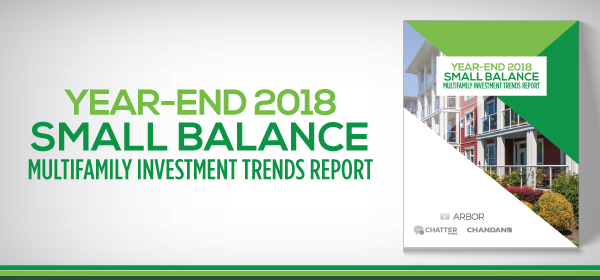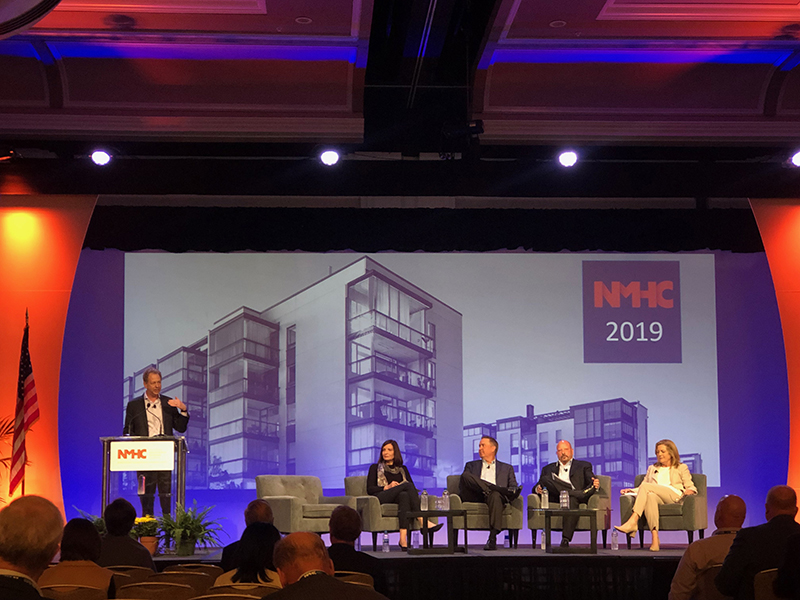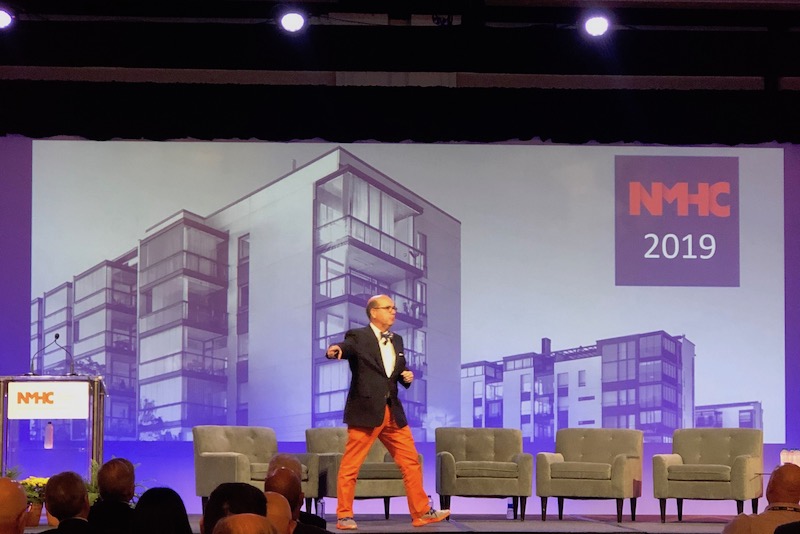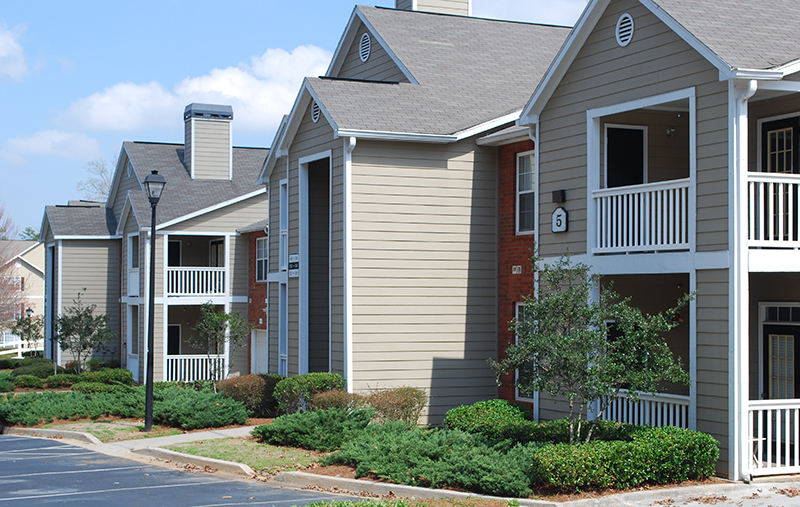The single-family rental (SFR) real estate sector went into the pandemic atop a healthy wave of momentum. Since the onset of the pandemic, domestic migration patterns and shifts in housing demand have unilaterally added fuel to the SFR fire.
Small Balance Multifamily Investment Snapshot — Q4 2018

Small balance multifamily loan volume, which includes loans between $1 million and $5 million, reached $51.7 billion in 2018, the highest level of activity in Chandan Economics’ post-financial crisis estimates. Here’s a quick look at the small balance multifamily finance and investment benchmarks for Q4 2018.

Multifamily Rents Surge in Smaller Metros, Even as California Markets Feel the Heat

The renewed economic and cultural dynamism of smaller U.S. metros has pulled apartment rents up, while the housing crisis in the Golden State remains unrelenting. Of the 10 metros that showed the highest average rent increases for small apartment buildings, the majority comprised medium-sized urban centers.

Year-End 2018 Small Balance Multifamily Investment Trends Report

Despite significant pressure from rising interest rates through most of 2018, the small balance multifamily market ended the year strong, with consistent liquidity and borrowing capacity. Whether the macroeconomic and real estate cycles continue to lengthen or begin to see a modest pullback, the multifamily sector is poised to outperform other property types.

Multifamily Firms Share Strategies for Success in the War for Talent

Multifamily owners and managers gathered for a panel at the NMHC Apartment Strategies Outlook Conference in San Diego to discuss the strategies they’re implementing to attract the right employees and entice them to stay with the organization for the long term.

Demography Set to Be the Next Disruptor for Multifamily

Speaking at the National Multifamily Housing Council’s 2019 Apartment Strategies Outlook Conference, MIT AgeLab Director Joseph Coughlin discussed how population shifts and changing generational behaviors could be the greatest disruptor for the housing market.

Major California Metros are the Most Expensive in the U.S. for Apartment Rentals

California included four of the five most expensive metros in the nation for apartment rentals, across both small and large asset multifamily.

Small Multifamily Leads All Asset Classes in Average Rent Growth

Small asset multifamily has displayed sound price fundamentals, with year-end 2017 average rent growth maintaining the upward trend of the previous year, according to the latest Census data. Small apartment buildings offer a unique blend of urban-core proximity and relatively larger apartment unit sizes.

Top Markets for Rental Asset Growth

When analyzing the top markets for rental growth in the context of market segment peers, smaller metros registered impressive gains in both small and large multifamily as a share of total rental inventory, according to the latest American Community Survey data.

Small Asset Multifamily Activity Shifts Toward Smaller Metros

Rental inventory growth for year-end 2017 showed a clear contrast between the largest and smallest U.S. metros, with the latter displaying a greater increase in small asset multifamily inventory.

Our Top 10 Posts of 2018

There has been no shortage of topics to cover in 2018 as it relates to the multifamily market, and Chatter is proud to continue serving as your go-to source for industry news, research and insights.


